Studiomama’s cast faces capture a sense of childlike joy
Made in collaboration with one of London’s last traditional foundries, the studio’s ‘Face Castings’ series explores play, perception and the enduring influence of Bruno Munari

For Jack Mama and Nina Tolstrup, founders of London-based design studio Studiomama, joy and play are central to their work. ‘As we grow older, that sense of wonder often gets drummed out of us,’ says Mama. ‘Having children reawakened it – and brought back that instinct to make things just for the sake of it. No agenda, just joy. When I show something to Nina and she laughs or smiles, then I know we’ve found something.’
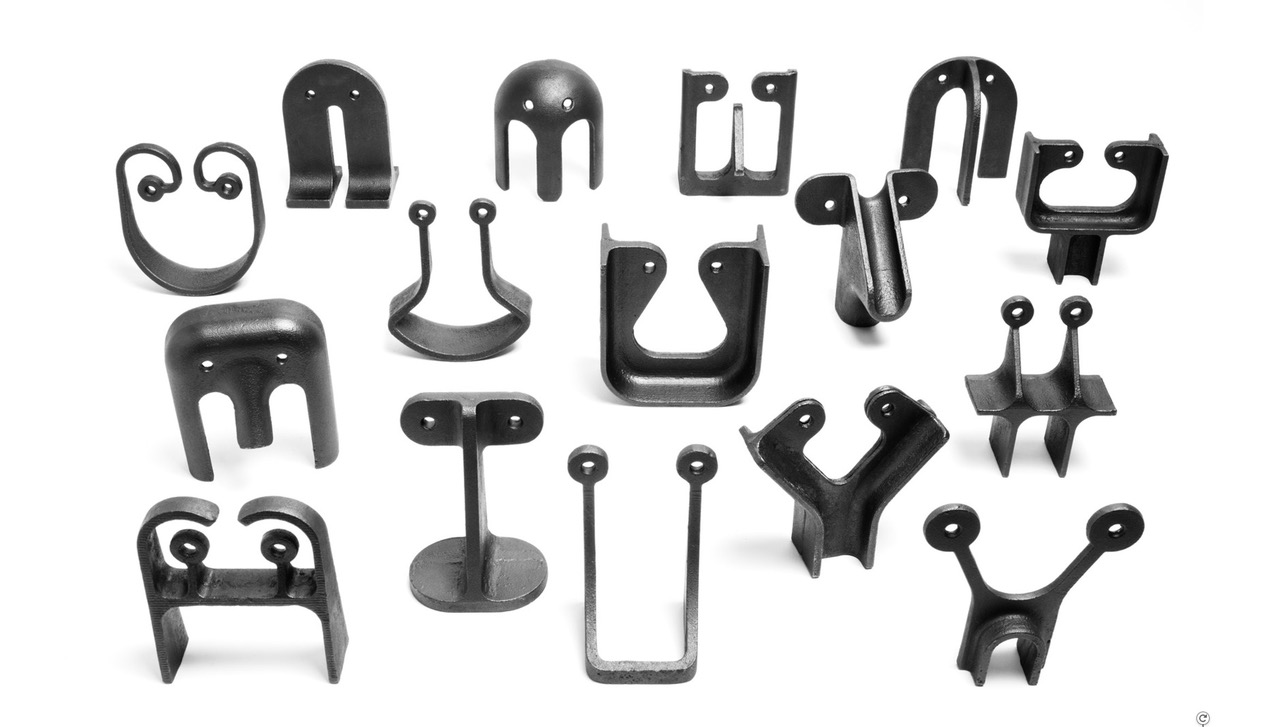
It’s an instinctive, often unconscious approach that has given rise to some of their most endearing projects, including ‘The Offcuts’, ‘Stone Animals’, and ‘Face Castings’ – the last of which began in 2019, when, in pockets of time between other work, Mama began creating a series of drawings – sketches that suggested faces. ‘The eyes were always a fixed distance apart,’ he recalls. ‘Since then, the forms have evolved to become more abstract, and visually informed by the industrial heritage of the foundry we’re working with.
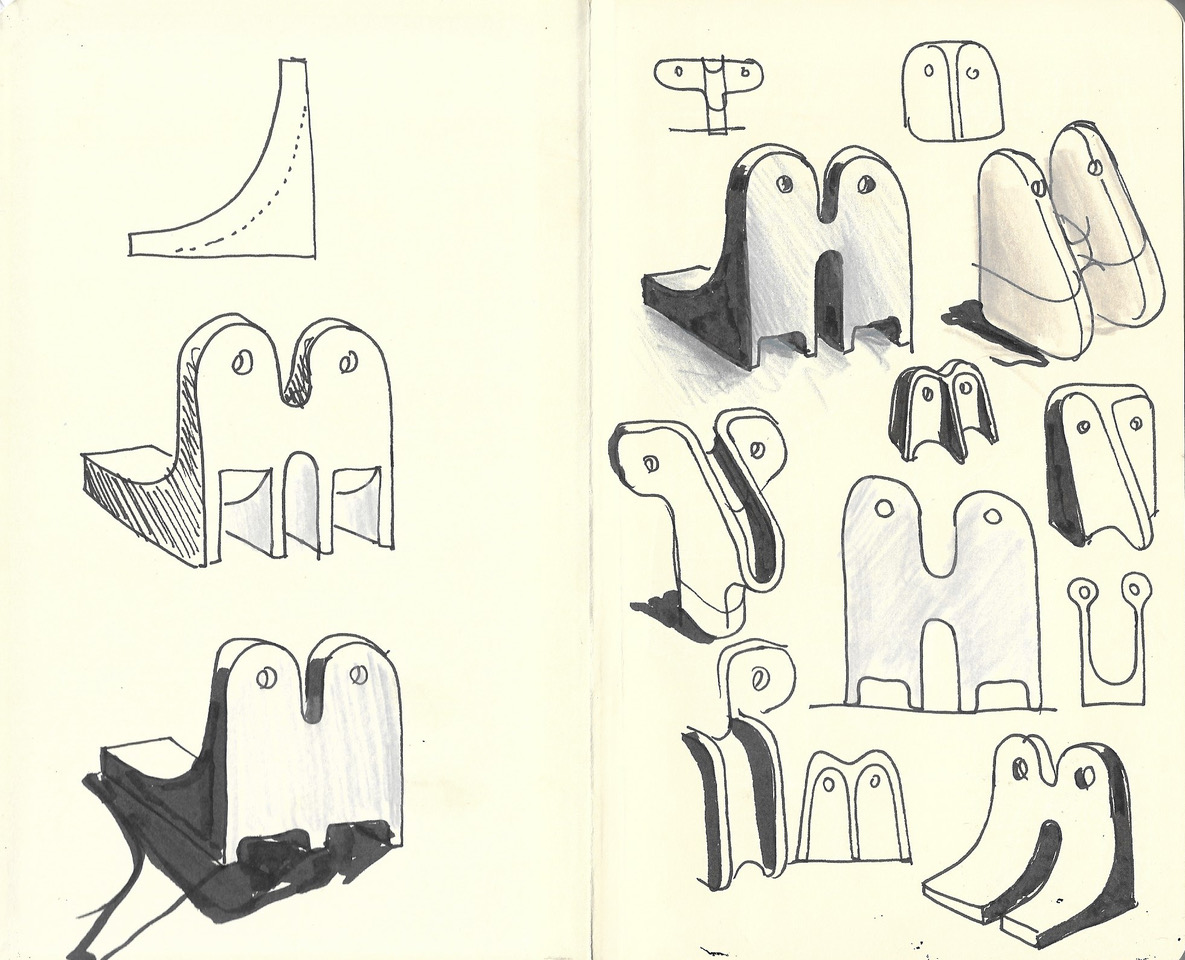
Each piece is cast by hand at James Hoyle & Son, one of London’s last traditional iron foundries. Founded in 1880 and located near Broadway Market in Hackney, the third-generation workshop still uses processes largely unchanged for centuries. ‘You walk through an unassuming doorway and into the heart of the industrial revolution,’ says Mama. ‘It’s like stepping back in time. Our friend and book collaborator, graphic designer Marcia Mihotich, made a beautiful short film about the making of the castings – so you can see for yourself what I’m inadequately trying to describe in words.’
The resulting forms hover somewhere between relic and ready-made. Some viewers have likened them to Anglo-Saxon artefacts; others see them as found objects. That ambiguity is intentional. ‘We suggest what it could be, and the viewer completes the rest. That interaction enriches the narrative and makes each object personal in the eyes of the beholder.’
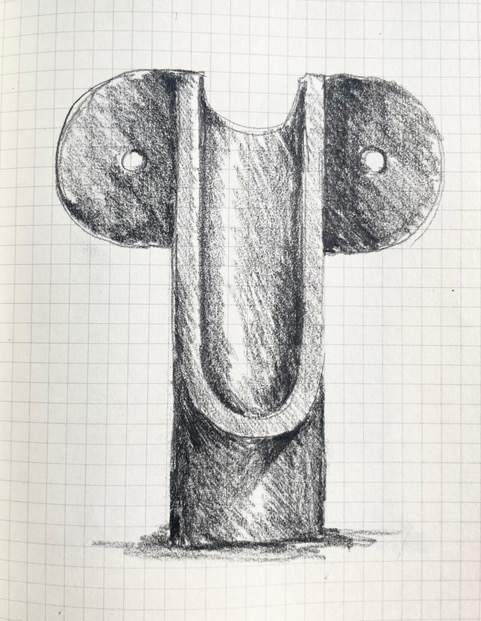
The ongoing series is also deeply influenced by Italian designer Bruno Munari – specifically his 1970 book Guardiamoci negli occhi (‘Look into My Eyes’), which invited readers to see through the eyes of another using cut-out portraits. ‘Munari’s poetic way of seeing really resonates with us,’ says Mama. ‘He worked freely across disciplines – painting, sculpture, film, children’s books, and industrially produced objects. What I love most is how he did all of this with such aplomb and a playful, inquisitive spirit. In our own practice, there’s a similar curiosity to work across many fields of design – from furniture, products, interiors and graphics to one-off commissions.’
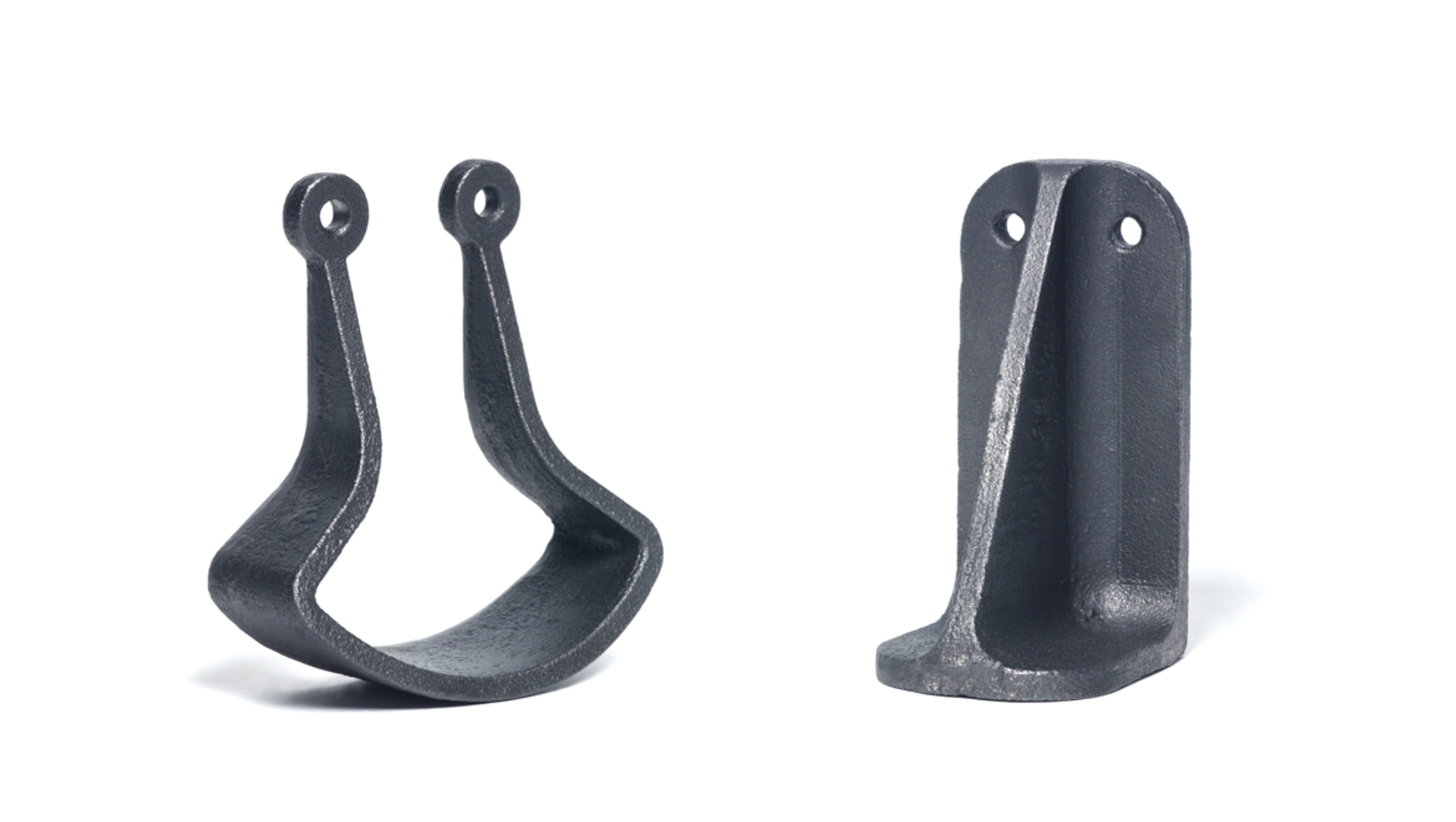
Having already made books about the studio’s ‘Stone Animals’ and ‘Offcuts’ series (£25 each from the studio's online store), Mama and Tolstrup are now planning to publish Face Castings as the third title in that ongoing exploration (three of the sculptures are also available to buy online). In the end, it’s less about what the pieces are, and more about what you see – and what makes you smile.
Receive our daily digest of inspiration, escapism and design stories from around the world direct to your inbox.
Ali Morris is a UK-based editor, writer and creative consultant specialising in design, interiors and architecture. In her 16 years as a design writer, Ali has travelled the world, crafting articles about creative projects, products, places and people for titles such as Dezeen, Wallpaper* and Kinfolk.
-
 Mark+Fold Turns 10 with first Shoreditch pop-up
Mark+Fold Turns 10 with first Shoreditch pop-upBritish stationery brand Mark+Fold celebrates ten years in business with a Brick Lane pop-up featuring new products, small-batch editions and conversations with creatives
-
 USM and Alexander May Studio present a monochrome meditation on the modern workspace
USM and Alexander May Studio present a monochrome meditation on the modern workspaceThese six flexible workspaces ‘encourage clarity of thought, calm, and self-definition’, says New York designer Alexander May of his partnership with the modular furniture brand
-
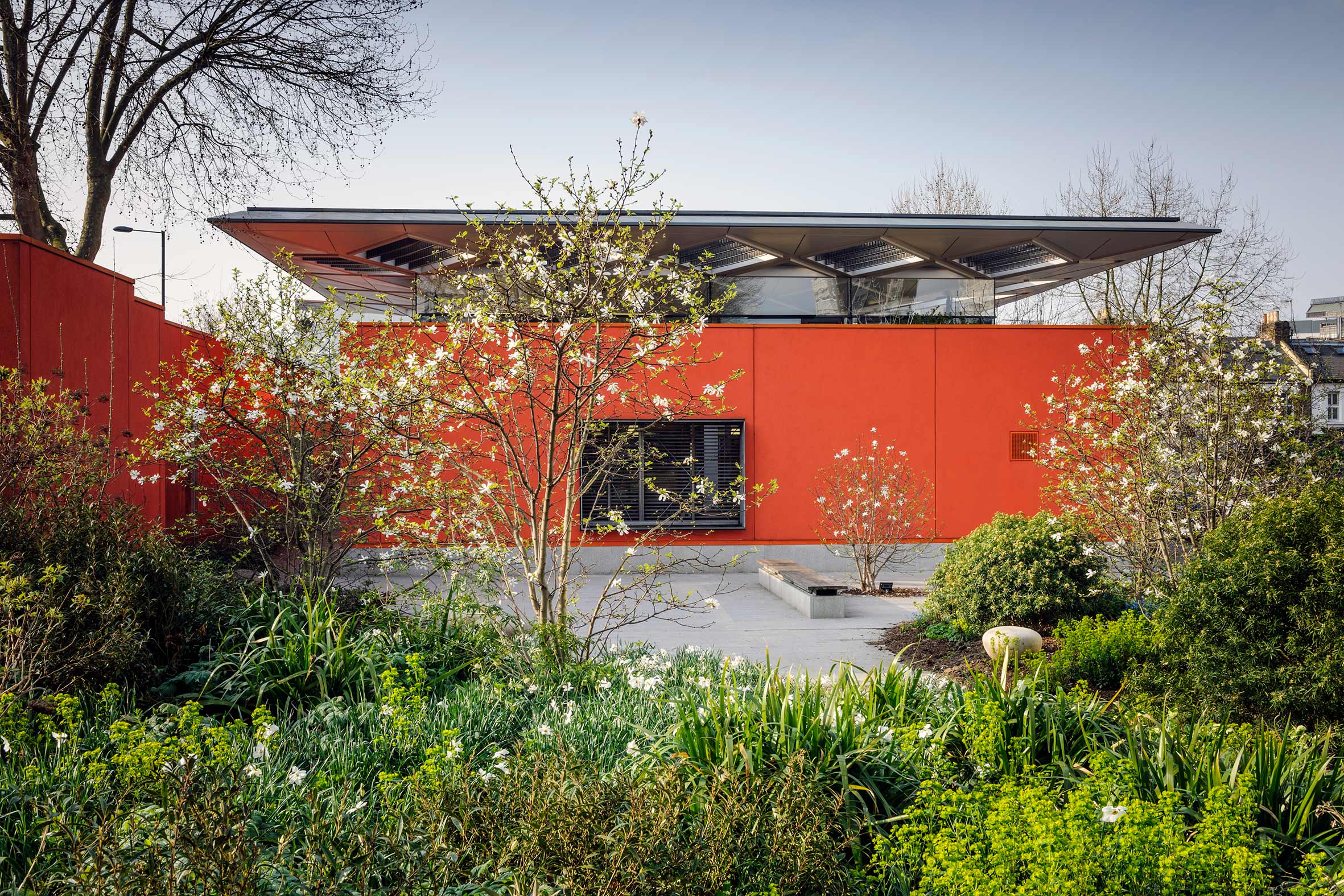 How Maggie’s is redefining cancer care through gardens designed for healing, soothing and liberating
How Maggie’s is redefining cancer care through gardens designed for healing, soothing and liberatingCancer support charity Maggie’s has worked with some of garden design’s most celebrated figures; as it turns 30 next year, advancing upon its goal of ‘30 centres by 30’, we look at the integral role Maggie’s gardens play in nurturing and supporting its users
-
 Seven Studio lends a modern, gritty edge to traditional Mallorcan stone carving
Seven Studio lends a modern, gritty edge to traditional Mallorcan stone carvingFounded by an artist-and-art-director duo, Seven Studio crafts furniture and objects that blend timeless beauty with bold brutalism
-
 How do you modernise a home without making it feel modern? This farmhouse renovation is a stunning case study
How do you modernise a home without making it feel modern? This farmhouse renovation is a stunning case studyA 300-year-old English farmhouse has been given a new lease of life while staying true to the old ways
-
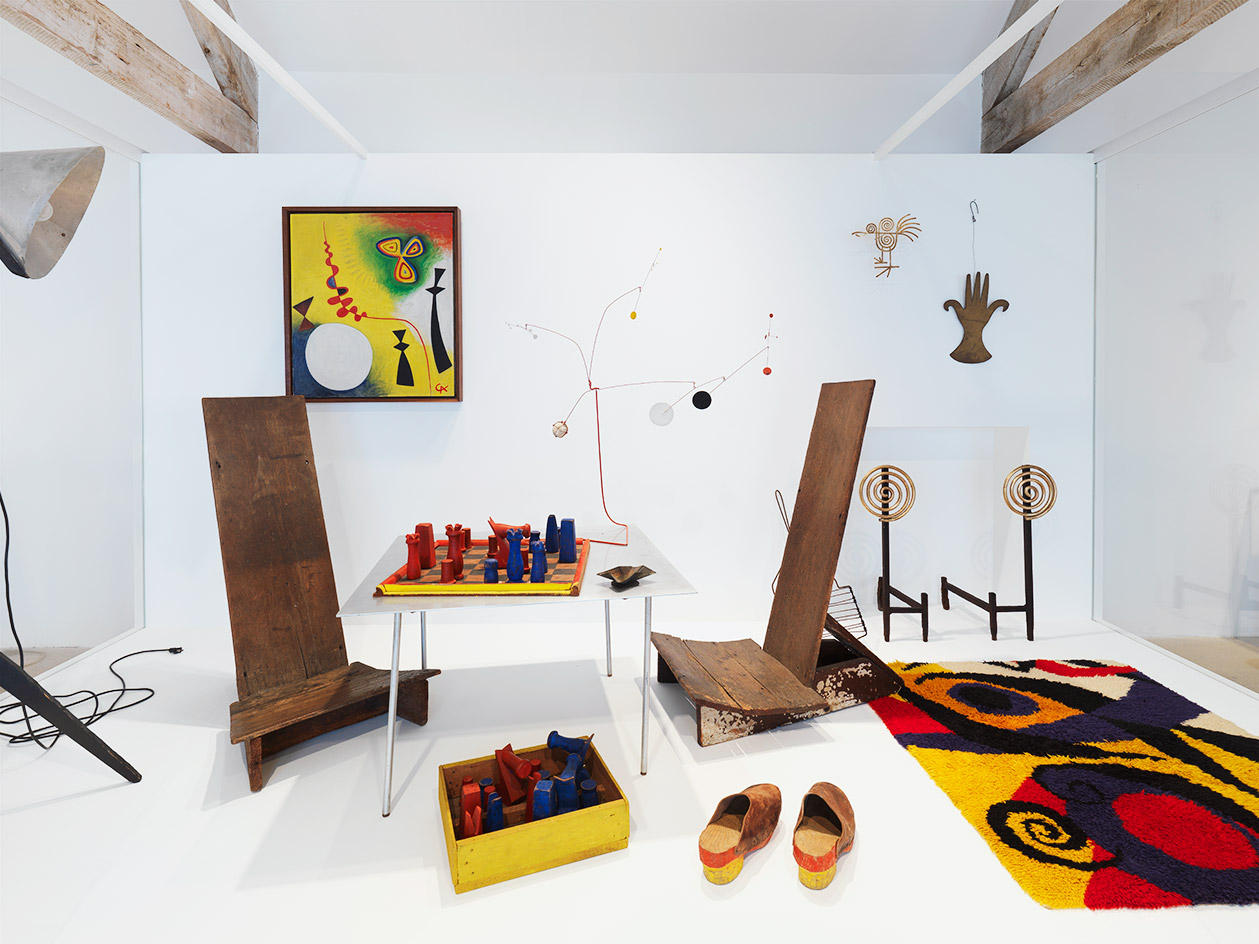 At home with Calder: the artist’s hidden knack for domestic design
At home with Calder: the artist’s hidden knack for domestic design -
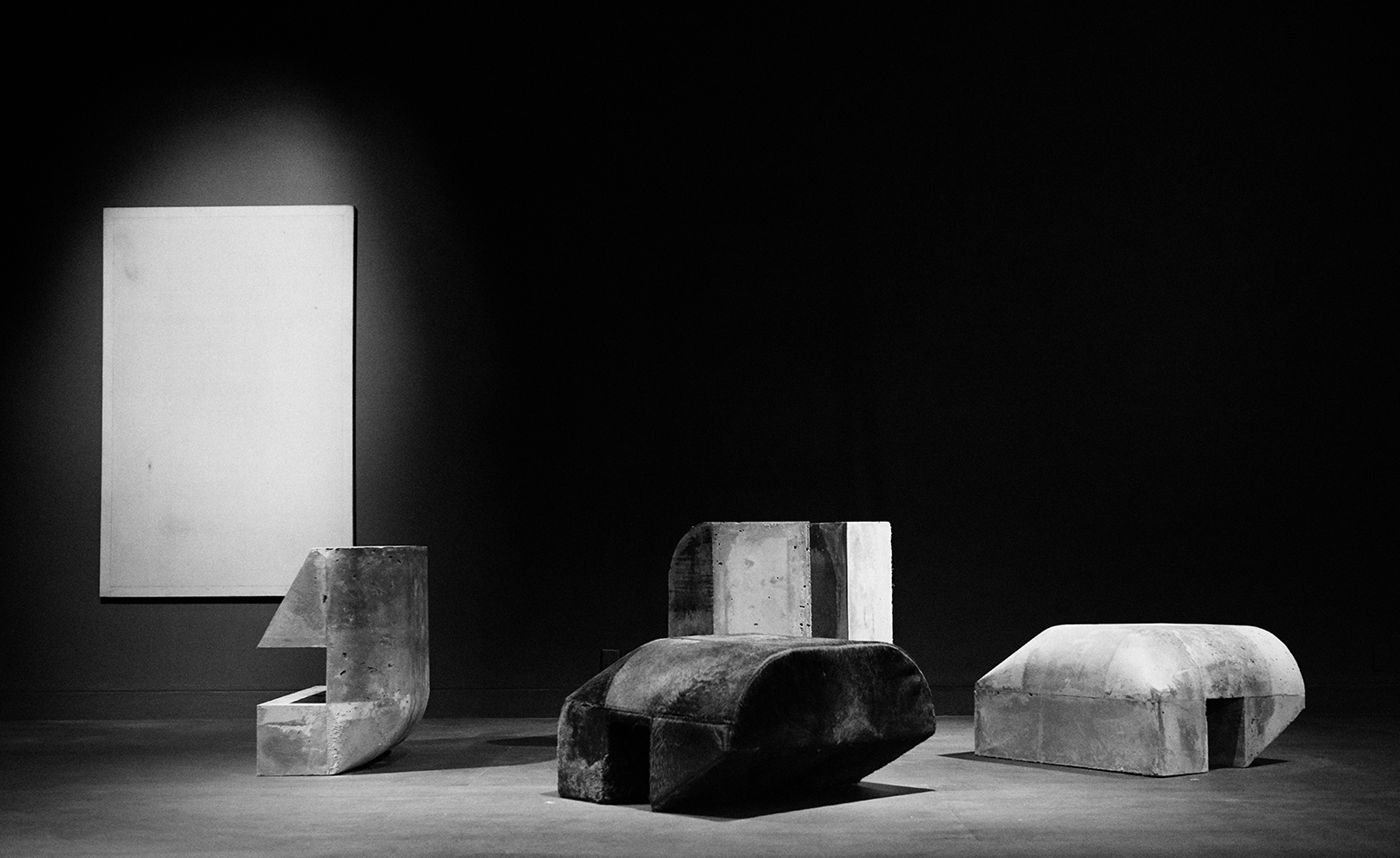 Solid state: Rick Owens’ latest foray into sculpture and furniture
Solid state: Rick Owens’ latest foray into sculpture and furniture -
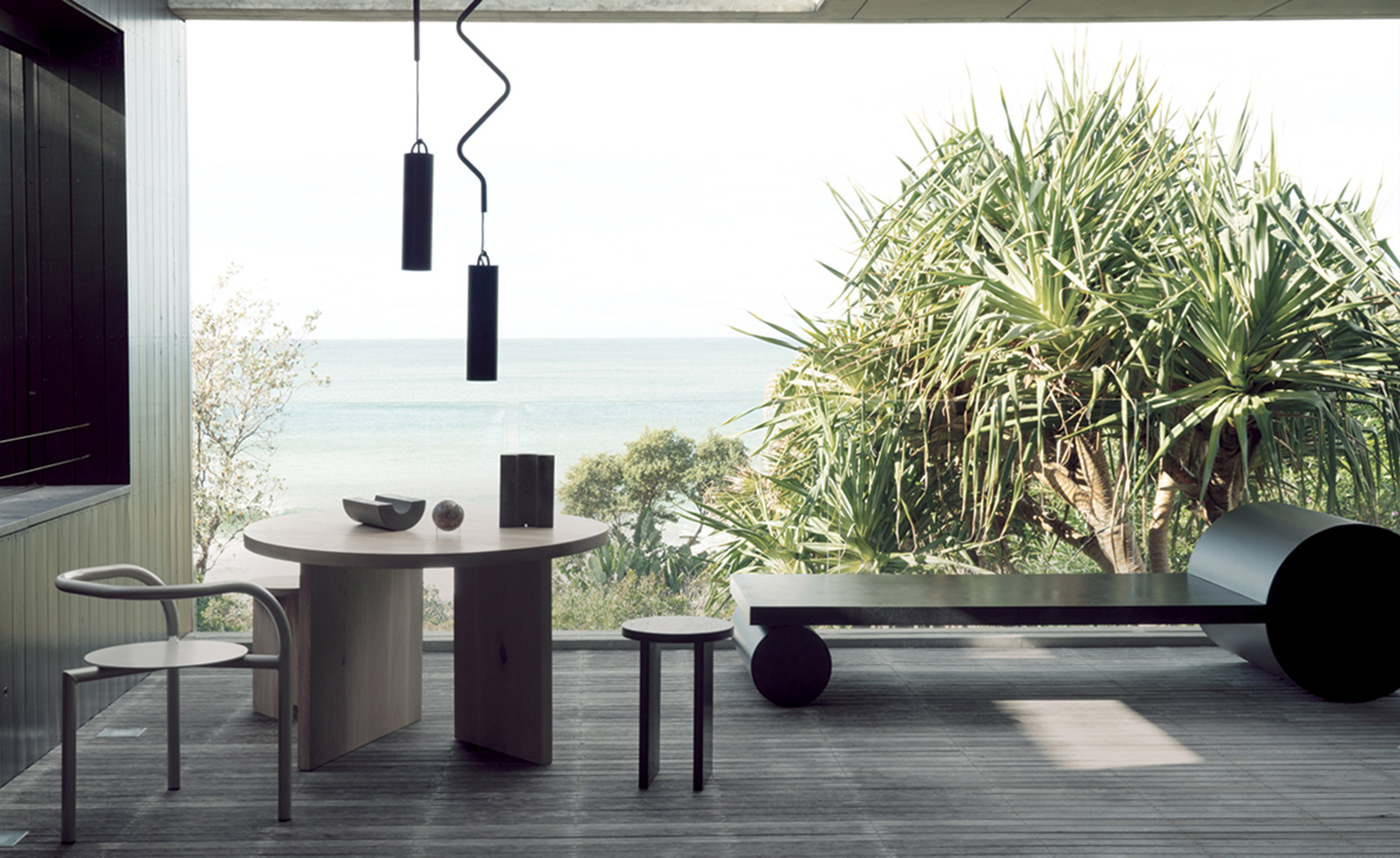 Back to the future: Page Thirty Three’s new collection references past space age visions
Back to the future: Page Thirty Three’s new collection references past space age visions -
 Uncomfortable furniture: Erwin Wurm at Galerie Thaddaeus Ropac, Paris
Uncomfortable furniture: Erwin Wurm at Galerie Thaddaeus Ropac, Paris -
 Sculptor Lynn Chadwick’s angular metal figures star in a series of international shows, starting in London
Sculptor Lynn Chadwick’s angular metal figures star in a series of international shows, starting in London -
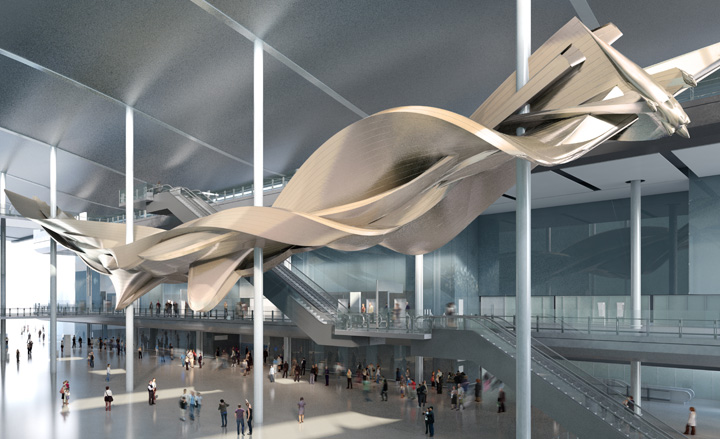 Richard Wilson’s new sculpture for Heathrow’s Terminal 2
Richard Wilson’s new sculpture for Heathrow’s Terminal 2
